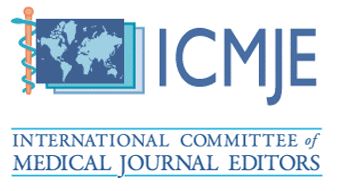Factors influencing Anopheles larval habitats in Kudat District, Sabah, Malaysia
DOI:
https://doi.org/10.51200/bjms.v16i3.3336Keywords:
anopheles, larval habitats, Kudat District, Interlukin-6, D-dimer, ferritin, C- reactive protein levels, COVID-19, SabahAbstract
A longitudinal survey of Anopheles larval habitats was conducted in adjoining areas of Kampung Marabahai, Nangka, Paradason and Tuboh in Kudat District, Sabah from May 2015 to April 2016. Ninety-five out of 368 breeding habitats sampled were positive for Anopheles larvae. The significant physicochemical factors that were associated with the presence of Anopheles larvae were: turbidity, shadiness, presence of water vegetation, surface area, temperature, pH (negative log of the hydrogen ion concentration), and Electrical Conductivity (EC). Thus, this paper highlighted the physicochemical characteristic of larval habitats of Anopheles mosquito with emphasis on An. balabacensis, the vector of Plasmodium knowlesi malaria, could be targeted for surveillance studies and control interventions.
Downloads
Published
How to Cite
Issue
Section
License
The copyright of the article belongs to the authors, who retain ownership of their work published in the journal. Their work is distributed under the CC BY-NC 4.0 license








1.png)




